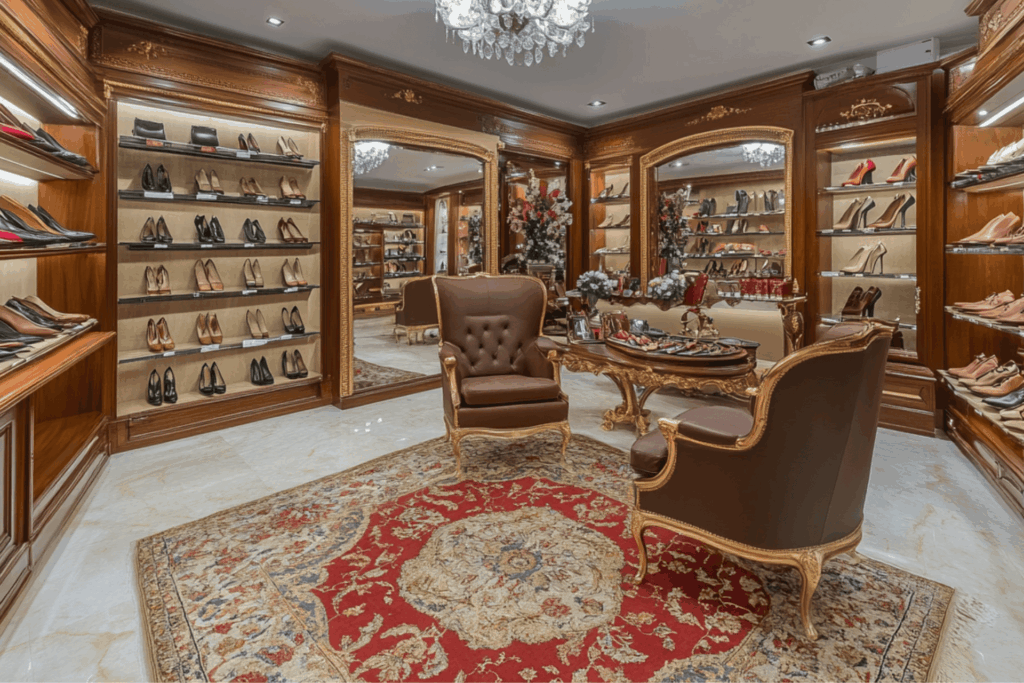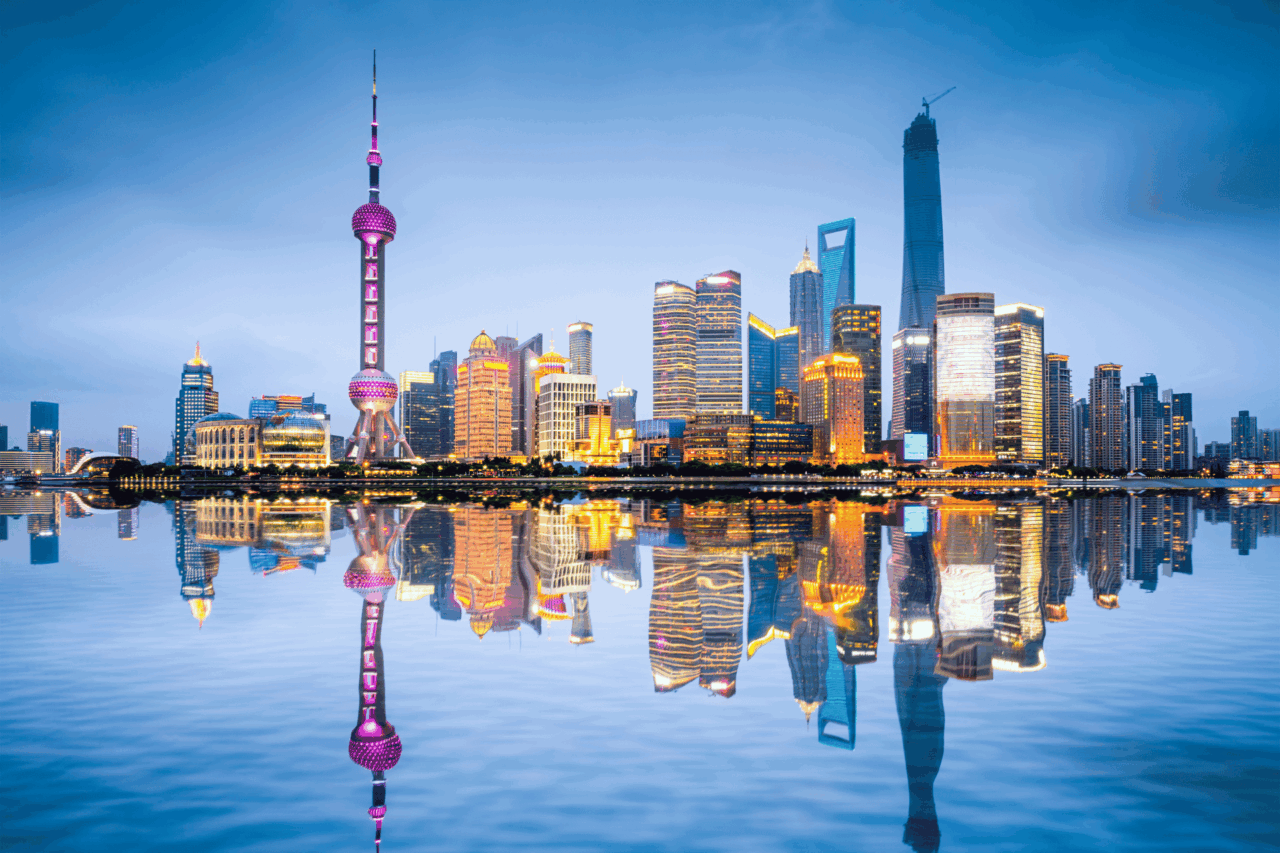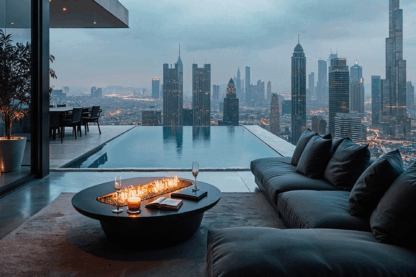As 2025 unfolds, China’s sophisticated ecosystem reveals shifting dynamics. It does so with volatility and complexity on the road ahead. Once rebounding sharply after the pandemic, the market has now cooled again. Amid global headwinds, from macroeconomic strain to currency fluctuations and tariff pressures, Chinese luxury spending patterns are becoming more cautious, strategic, and fragmented.
In this shifting landscape, the “Chinese Luxury Customers Sentiment 2025” report by CXG offers a timely and incisive look into the evolving priorities of the world’s most influential luxury buyers. Based on fresh field research, it decodes a market in flux, where delayed gratification, price sensitivity, cultural pride, and lifestyle-led consumption are reshaping how and why luxury is pursued. For brands aiming to remain essential in Greater China, this report offers data and direction.
Confidence is Wavering, but Aspiration Remains
- Real estate instability, youth unemployment, and inflation have shaken consumer confidence.
- Consumers are delaying luxury purchases and instead prioritizing savings for health, education, and retirement.
- Delayed gratification is the prevailing mindset—spending will return, but timing is key.
Value and Price Sensitivity Reshape the Purchase Decision
- Price fatigue is evident: 50% say price increases deter them from buying luxury goods.
- Dupes are mainstream, especially in apparel and accessories.
- Luxury tourism is rising: Japan has become the preferred shopping destination due to pricing advantages.
Domestic Brands Rise
- 72% appreciate how Chinese brands reflect local culture and heritage.
- 52% believe local brands offer better value than Western labels.
- Motivations vary by generation: Gen Z: Driven by affordability and access. Millennials: Value cultural relevance most. Gen X: Prioritize cultural connection above all.
Gen Z Leads the Shift to Experience-Driven Luxury
- Chinese consumers, especially Gen Z, are shifting from material acquisition to experiential luxury.
- Top areas for increased spending: Well-being and health (53%), Luxury travel (49%), Entertainment (34%)
- Destinations like Hong Kong, Japan, and Hainan remain top of mind, not just for shopping but for immersive brand engagement.

Retail Experience with High Expectations
- Despite the digital transformation, luxury buyers prefer in-store experiences.
- Consumers are seeking personalized, high-touch, culturally fluent service, and not all retailers are delivering.
Overall, luxury in China is becoming more intentional, introspective, and identity-driven. As consumers recalibrate spending habits, the most resilient brands will be those that balance value and exclusivity, invest in meaningful human connections, and authentically engage with Chinese culture.
Now more than ever, luxury brands must align with shifting emotional currencies—offering not just goods, but grounding, gratification, and growth.
To view the full report, visit: https://www.cxg.com/insight/understanding-chinese-luxury-customers-sentiment-in-2025-and-preparing-for-the-future/’
Stay up to date on the latest luxury industry news: https://worldluxurychamber.com/insights-news/





